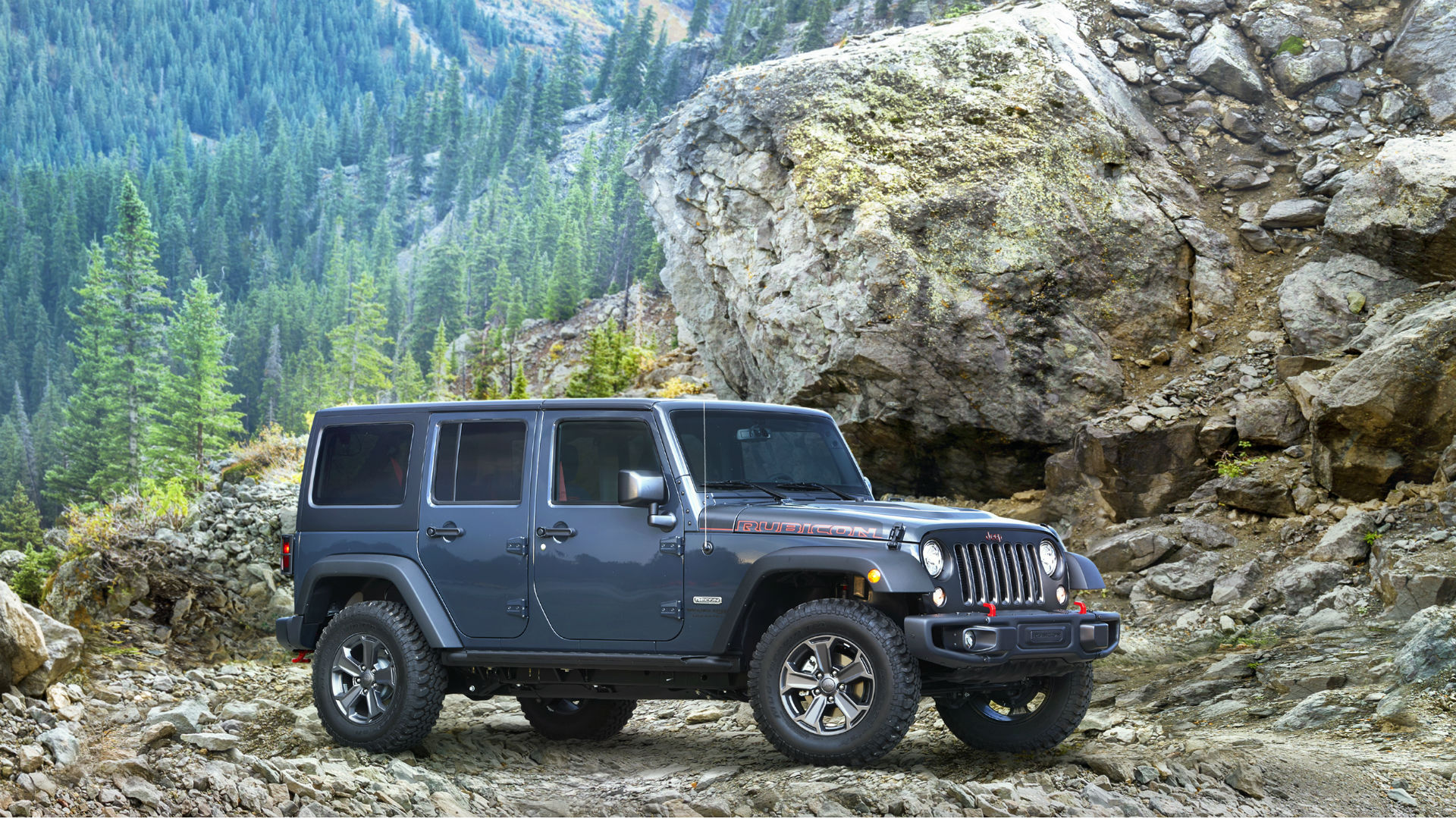

Something that just about every car shopper thinks about is whether they’re better off buying a new or used car. There are clear pros and cons like getting a better warranty and the latest features with a new car versus saving money—sometimes a lot of money—by going with a used car instead. But is buying a used car rather than a new model always the best value?
Car research site iSeeCars just made that question a little easier to answer. iSeeCars has compiled two lists showing the fastest and slowest depreciating cars over the course of one year. The site “analyzed over 6 million new and used cars sold from August 1, 2017 to January 24, 2018, comparing the prices of new cars to one-year-old cars,” according to the study. The list of slowest depreciating cars is almost entirely dominated by trucks and SUVs while the fastest depreciating cars are mostly luxury sedans.
Here are the top nine top cars to buy new over used with the percentage in price difference and the dollar amount you’re paying extra for new over a used version of the previous year’s model.
Jeep Wrangler Unlimited – 8.9 percent – $3,199
Toyota Tacoma – 10.4 percent – $3,320
Toyota 4Runner – 12.7 percent – $4,605
Nissan Frontier – 13.3 percent – $3,180
Honda Pilot – 13.7 percent – $4,858
Chevrolet Colorado – 13.7 percent – $4,154
Honda HR-V – 13.8 percent – $2,885
Jeep Renegade – 14.1 percent – $2,897
Subaru WRX – 14.2 percent – $4,115
Not surprisingly, the Jeep Wrangler Unlimited is the slowest depreciating vehicle in one year. One of the many things the Wrangler is famous for is holding its value very well, but it will be interesting to see what happens to the value of used JK Wranglers now that the new JL model is out.
It’s interesting that five of the nine slowest depreciating vehicles are body-on-frame trucks and SUVs. It goes to show that the inherent toughness of this old school configuration is still helping trucks and SUVs hold on to their value better than most of their unibody counterparts. Another interesting point is the fact that every car on the list either comes standard or is available with four- or all-wheel drive. It’s also worth noting that the Subaru WRX is the only vehicle on the list that isn’t a truck, SUV, or crossover.
Now here are the top eight cars that lose the most value in one year with the price percentage difference and the amount of money you can expect to save buying used over new.
Cadillac XTS – 38.7 percent – $20,965
Jeep Compass – 34.8 percent – $9,652
Mercedes-Benz E-Class – 34.5 percent – $22,919
Lincoln MKZ – 33.7 percent – $14,328
Cadillac CTS – 33.4 percent – $18,170
Infiniti Q50 – 32.2 percent – $14,654
Toyota Camry – 30.7 percent – $8,213
Kia Sedona – 30.0 percent – $9,682
Here we see what happens when a luxury sedan gets a facelift; its value drops off a cliff. That’s what happened to the Cadillac XTS which got a facelift for the 2018 model year. Luxury sedans are generally the fastest depreciating segment and when the new model is refreshed over the previous model year, the value of the old one takes a nosedive. The Jeep Compass and Toyota Camry have been heavily refreshed which explains the plummeting values of the previous models. As for the Sedona, one possible reason for the dip in value is the fact that the current-gen Honda Odyssey and Chrysler Pacifica models are starting to get more common in used lots driving down the value of used Kia minivans.
If you’re in the market for any of these cars, consider these lists when deciding whether to buy new or used. Should you bother getting a used HR-V when a new one costs less than $3,000 more? Is that XTS facelift really worth paying an extra $20,000? The choice is yours.